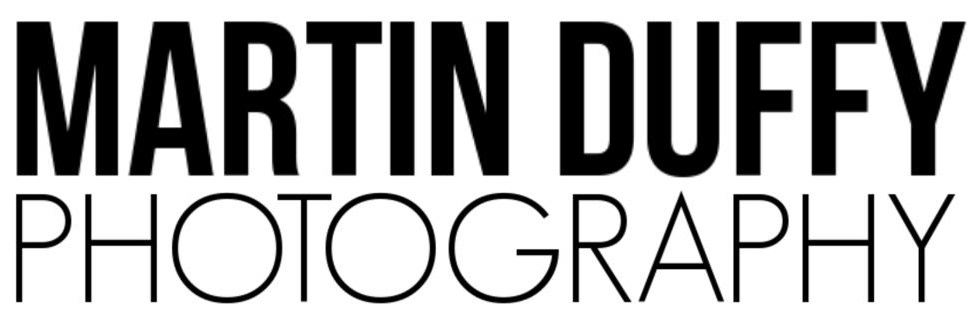Introduction
Photography is a powerful medium that allows us to capture the world around us, freeze moments in time, and tell compelling stories through images. Whether you're a hobbyist or aspiring to become a professional photographer, this guide is your roadmap to mastering the art of photography as a beginner. We'll explore the fundamental aspects of photography, including composition, exposure, and basic camera settings, and break them down into digestible explanations. By the end of this comprehensive guide, you'll be well on your way to taking stunning photographs that captivate your audience.
Chapter 1: The Art of Composition
Composition is the foundation of any great photograph. It's the arrangement of elements within the frame that creates visual harmony and draws the viewer's eye. Let's dive into the key elements of composition:
1.1 Rule of Thirds
Imagine dividing your image into a 3x3 grid, both horizontally and vertically. Place your subject or key elements at the intersections or along the gridlines. This creates balance and visual interest.
1.2 Leading Lines
Use lines within your image to lead the viewer's eye towards the main subject. Whether it's a road, a river, or a fence, leading lines can guide your audience's focus.
1.3 Framing
Natural frames like archways, windows, or tree branches can add depth and context to your photos. Use these elements to encase your subject and create a sense of depth.
1.4 Symmetry and Patterns
Symmetrical and patterned compositions can be visually striking. Look for naturally occurring symmetrical elements or patterns to include in your shots.
Chapter 2: Mastering Exposure
Getting the exposure right is crucial to capturing the image as you envision it. Exposure is determined by three key elements: aperture, shutter speed, and ISO. Let's break them down:
2.1 Aperture
Aperture refers to the size of the opening in your camera's lens. A low f-number (e.g., f/1.8) means a wider aperture, allowing more light to enter and creating a shallow depth of field. A high f-number (e.g., f/16) results in a smaller aperture, reducing the amount of light and increasing depth of field.
2.2 Shutter Speed
Shutter speed controls how long your camera's sensor or film is exposed to light. A fast shutter speed (e.g., 1/1000) freezes fast-moving subjects, while a slow shutter speed (e.g., 1/15) captures motion and can create artistic blur.
2.3 ISO
ISO measures the sensitivity of your camera's sensor to light. A low ISO (e.g., 100) is ideal for bright conditions, while a high ISO (e.g., 1600) is used in low-light situations. However, higher ISO values may introduce noise or grain into your photos.
Chapter 3: Navigating Basic Camera Settings
Understanding your camera's settings is the first step to taking creative control over your photography. We'll explore some of the essential settings that you'll find on most digital cameras:
3.1 White Balance
White balance determines the color temperature of your images. Set it to match the lighting conditions for accurate colors. Common presets include daylight, cloudy, tungsten, and fluorescent.
3.2 Shooting Modes
Most cameras offer various shooting modes like aperture priority, shutter priority, and manual mode. Aperture priority allows you to control the depth of field, while shutter priority is useful for controlling motion.
3.3 Focus Modes
Choose between single-point autofocus, continuous autofocus, and manual focus. Use single-point autofocus for precise control over where your camera focuses.
3.4 Metering Modes
Metering modes help your camera determine the exposure. Evaluative metering, center-weighted metering, and spot metering offer different ways to assess light in the scene.
Chapter 4: Practice and Perseverance
The road to becoming a skilled photographer is paved with practice. Don't be discouraged by initial setbacks. Here are some tips to help you on your journey:
4.1 Embrace Failure
Every great photographer has made mistakes. Learn from your errors and use them as stepping stones to improvement.
4.2 Seek Feedback
Share your work with others and be open to constructive criticism. Honest feedback will help you grow as a photographer.
4.3 Study the Masters
Explore the work of renowned photographers. Analyze their compositions, lighting, and storytelling techniques for inspiration.
4.4 Experiment
Don't be afraid to push the boundaries of your creativity. Try new techniques, locations, and subjects to expand your skills.
Conclusion
Becoming a skilled photographer is a journey filled with wonder, experimentation, and personal growth. By mastering composition, exposure, and basic camera settings, you'll have the tools you need to capture the world as you see it and tell your unique visual stories. Keep practicing, remain open to learning, and remember that every great photographer started as a beginner. Your journey in photography is just beginning, and the possibilities are endless. So, go out and capture the beauty of the world, one frame at a time.
If you have any questions, comments or feedback please reach out to me using the submission form below. I know these guides have been greaty received by many and I'm always happy to help out where I can.
Thank you!
